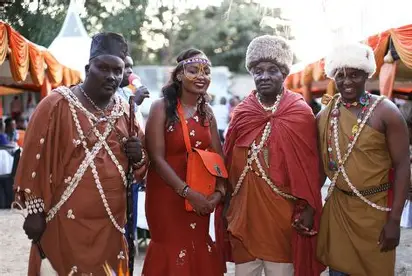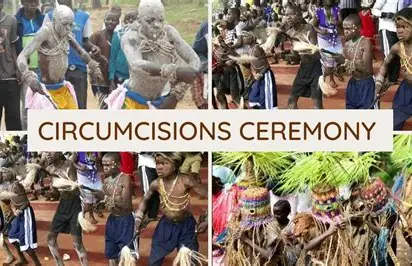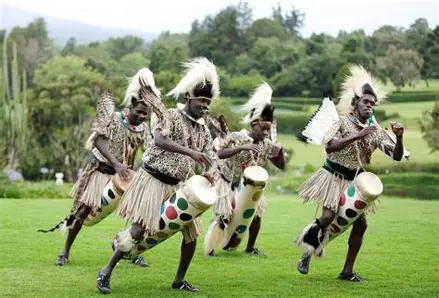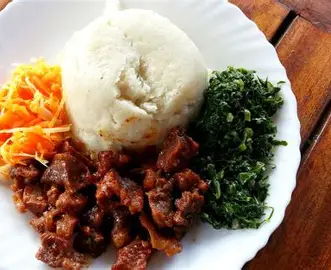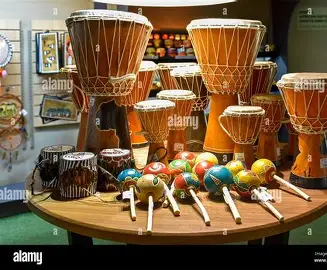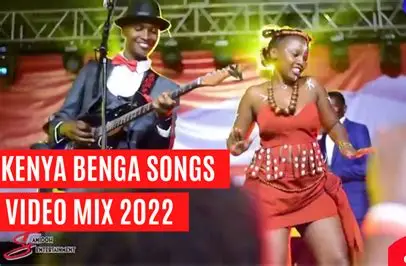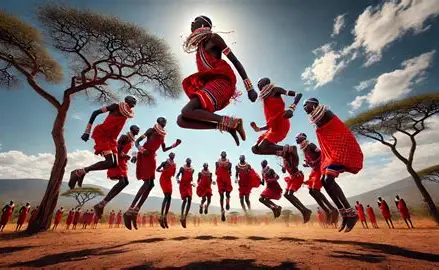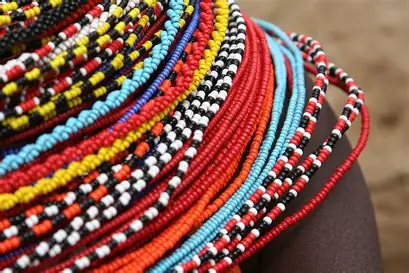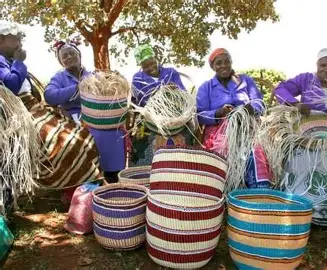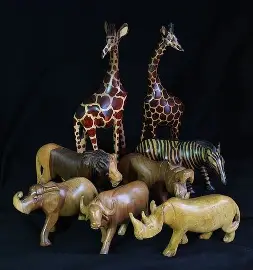Kenyan Tribes
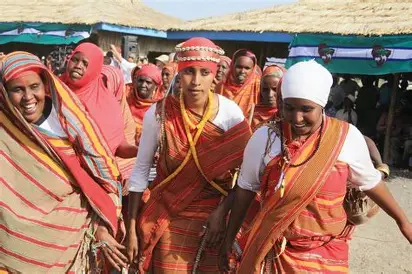
Kikuyu
Known for agriculture and vibrant Gikuyu ceremonies.
The Kikuyu, Kenya's largest ethnic group, reside in the Central Highlands. They are skilled farmers, growing maize and beans. Their deity, Ngai, is believed to live on Mount Kenya. Rituals: The "Ituika" ceremony marks generational leadership transitions, while "Ngwiko" is a pre-marital rite fostering youth bonding. Initiation ceremonies, like male and female circumcision, are significant cultural rites.

Luo
Famous for fishing and lively Benga music traditions.
The Luo live along Lake Victoria, excelling in fishing and trade. Their Benga music has influenced East African sounds. They migrated from South Sudan, with clans forming their social structure. Rituals: The "Tero Buru" funeral ceremony honors the deceased with music and dance, while "Doho" involves communal cleansing rites after significant events.
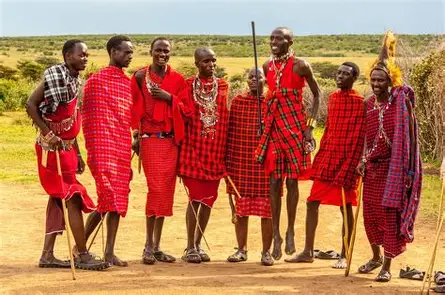
Maasai
Renowned for red attire and pastoralist lifestyle.
The Maasai are semi-nomadic pastoralists known for red shukas and beadwork, living in southern Kenya and northern Tanzania. Cattle are sacred and central to their economy. Rituals: The "Eunoto" ceremony marks the transition of warriors to elders, and "Enkipaata" prepares young boys for initiation. The Adumu dance is a cultural highlight.
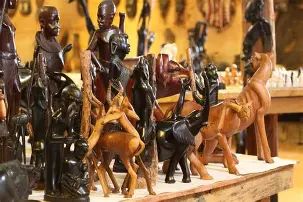
Kamba
Skilled in woodcarving and vibrant dance forms.
The Kamba, in eastern Kenya, are renowned for woodcarving and basketry. Their Kilumi dance is performed during ceremonies. Historically traders in ivory and honey, they speak Kamba. Rituals: The "Nzaiko" initiation rite prepares youths for adulthood, and "Mbeni" is a celebratory dance ritual performed at weddings.
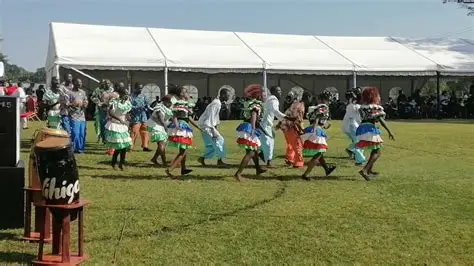
Luhya
Known for Isukuti dance and communal traditions.
The Luhya, a Bantu group in western Kenya, are known for the Isukuti dance with drums. Comprising sub-tribes, they value agriculture and community. Rituals: The "Lukhokho" circumcision ceremony is a key rite for boys, and "Shilembe" is a harvest festival celebrating communal unity.
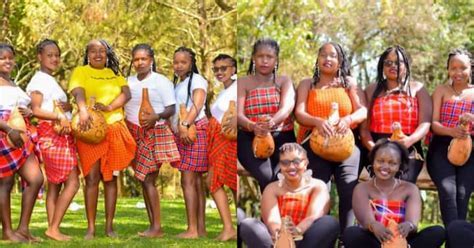
Kalenjin
Famous for athletic prowess and cultural rites.
The Kalenjin, from the Rift Valley, dominate long-distance running. They speak Kalenjin languages and practice pastoralism and agriculture. Rituals: The "Tumdo" initiation ceremony trains young men in cultural values, and "Kiptaiyat" is a wedding ritual emphasizing family unity.
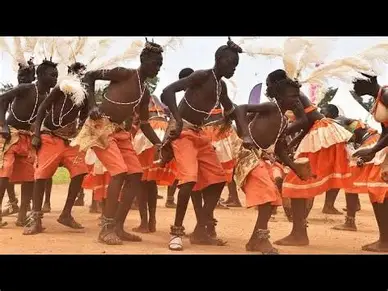
Kisii
Renowned for soapstone carvings and music.
The Kisii, or Abagusii, live in western Kenya’s highlands, famous for soapstone carvings and obokano lyre music. They trace their history to Bantu migrations. Rituals: The "Ebisarate" initiation ceremony educates youths, and "Enyangi" is a colorful wedding ritual with music and feasting.
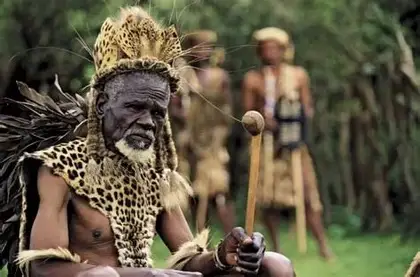
Meru
Known for farming and traditional governance.
The Meru live on Mount Kenya’s slopes, excelling in tea and coffee farming. The Njuri Ncheke council governs traditionally. Rituals: The "Kiriro" initiation rite prepares boys for adulthood, and "Mweri" is a harvest festival celebrating agricultural success.
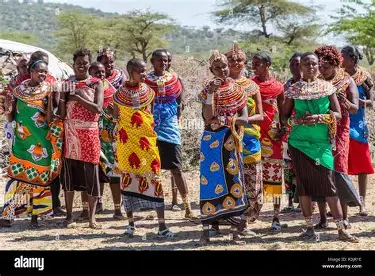
Samburu
Similar to Maasai, with vibrant beadwork traditions.
The Samburu, from northern Kenya, are pastoralists with cultural ties to the Maasai. Their beadwork is vibrant, and age-set systems define their society. Rituals: The "Lmuget" ceremony marks age-group transitions, and "Lpopong" is a blessing ritual for newlyweds.
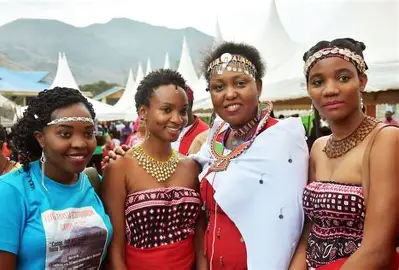
Taita
Known for unique music and coastal influences.
The Taita live in the Taita Hills, blending Bantu and coastal cultures. Their music and Rosaries and sacred skull caves reflect their spiritual history. Rituals: The "Fumbi" ritual honors ancestors at sacred caves, and "Mwazindika" is a dance ceremony for community celebrations.
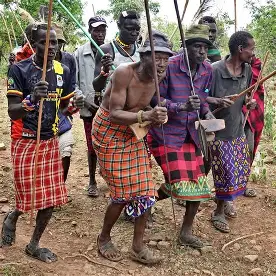
Pokot
Their dual pastoral and agricultural lifestyle reflects adaptability to diverse environments.
The Pokot trace their origins to the Nilotic migrations from South Sudan, settling in their current regions centuries ago. They have historically been resilient, adapting to semi-arid environments through pastoralism and trade. Their interactions with neighboring tribes, like the Turkana, have included both cooperation and conflict over resources. Rituals: Sapana: A significant initiation ceremony for young men, marking their transition to warrior status. It involves teachings on cultural values, endurance, and responsibilities, often accompanied by feasting and dancing. Laro: A harvest festival celebrating agricultural success, where communities gather for dances, songs, and communal meals to give thanks. Tumwi: A cleansing ritual performed to mark significant events, such as resolving conflicts or welcoming new members into the community..
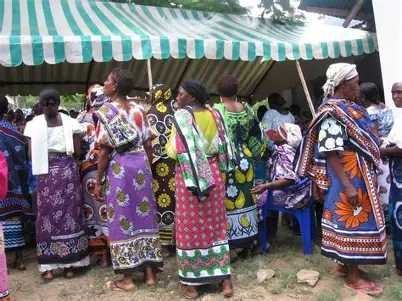
Swahili
Taarab music and coastal influences.
Cultural Highlights: The Swahili (about 1% of the population) are known for their unique blend of African, Arab, and Persian influences, reflected in the Kiswahili language (Kenya’s national language), Taarab music, and coastal cuisine. Key rituals include:Arusi: Traditional Swahili weddings with elaborate attire and feasts. Maulidi: Celebration of Prophet Muhammad’s birthday with poetry and music. Significance: Their coastal culture and Kiswahili’s role as a lingua franca make them pivotal to Kenyan identity.
